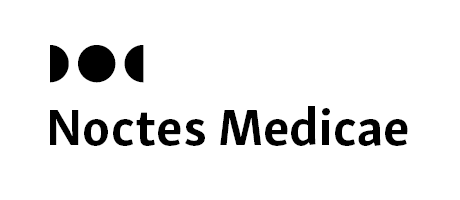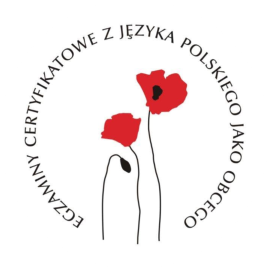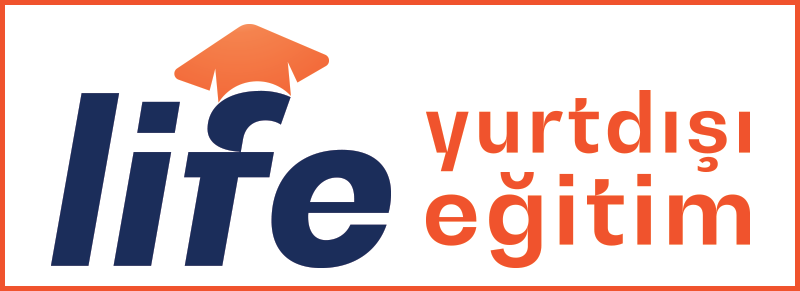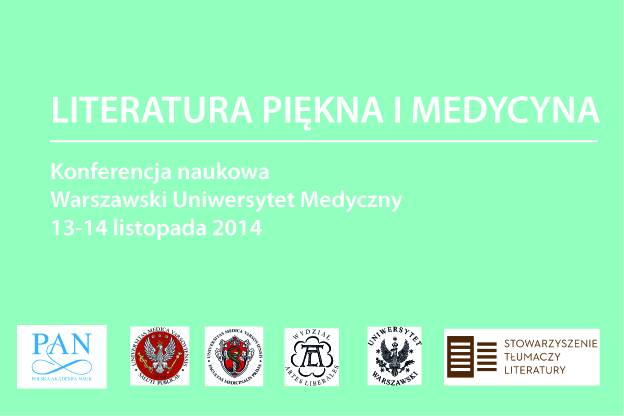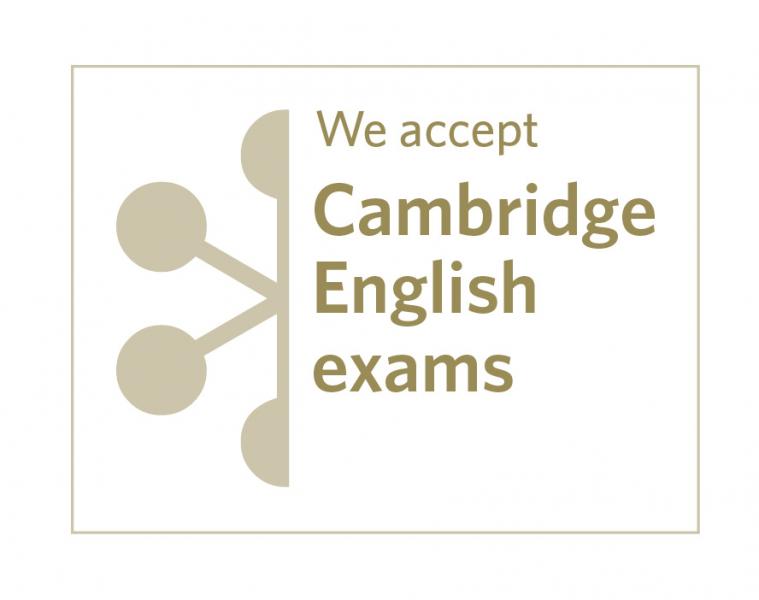Program - Decision Making
Program - Decision Making
Decision making / Critical thinking (145 hours)
Syllabus
1. The theory of critical thinking
a) Genesis
b) Thinking skills
c) Limitations of experience and intuition
2. Cause & effect
a) Recognizing reasoning and conclusion
b) Logical statement as a set of conditions and implications
c) Building a flowchart of the speech
d) A chain of reasoning
3. Rhetoric in practice
a) Mind map
b) Denying, undermining, supporting
c) Arguments, explanations, conclusions
d) Adapting the speech to the audience
4. Origins of knowledge, sources of information
a) The observer bias
b) Primary and secondary sources
c) Direct and indirect evidence
d) Reliable information on the internet
5. Introduction to statistics
a) Types of databases
b) Variables: qualitive and quantitative, nominals
c) Probability and odds
d) Testing in statistics
e) Concept of regression and regression equation
6. Reading graphs and tables
a) Types of databases
b) Use of graphs to present results
c) Selection and optimization of the right chart
7. Errors and misrepresentations in the presentation of data
a) Inappropriate arguments
b) Incorrect presentation of the result
c) Inadequate conclusions
8. Decision-making - ethics values, consequences and risk
a) Values
b) Risk and consequences


